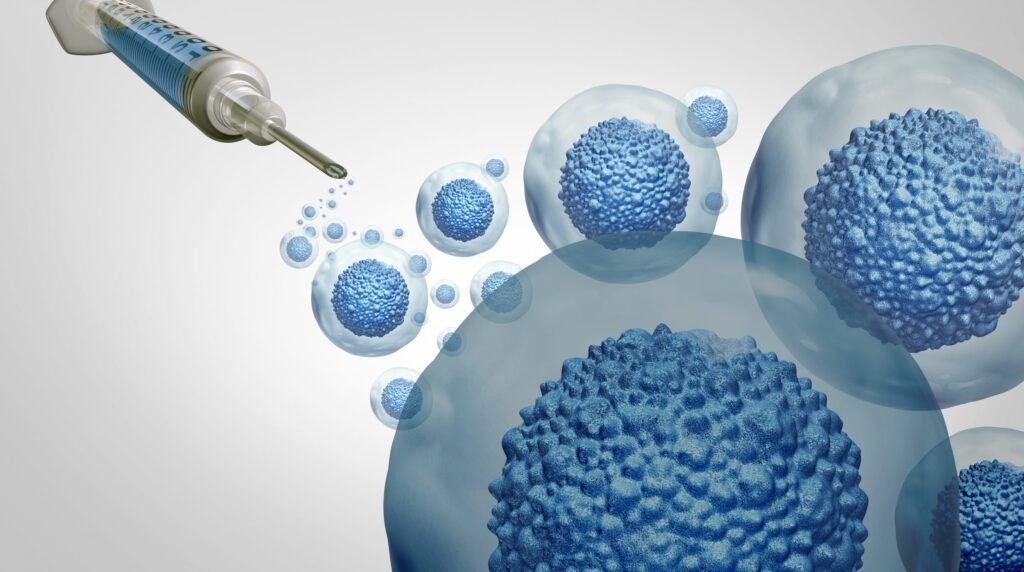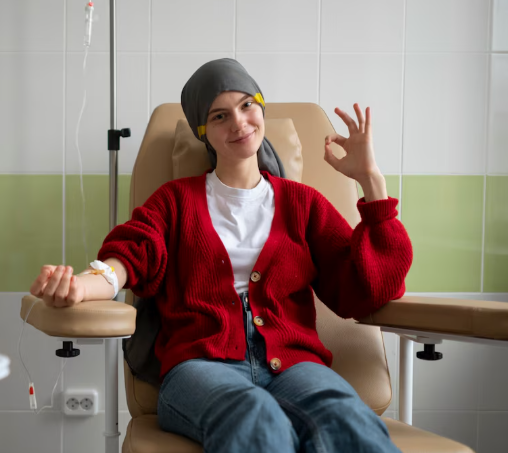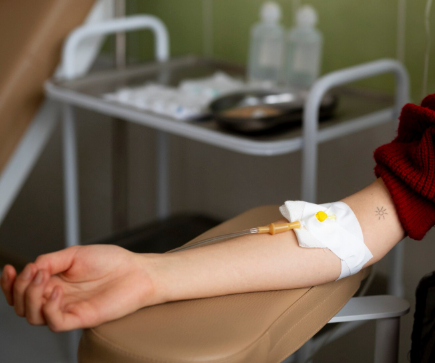South Korea’s reputation as a global powerhouse in stem cell technology isn’t accidental. It is the result of a unique blend of government support, cutting-edge research, state-of-the-art clinical application, and a culture of innovation in biotech and aesthetics.
Here’s a detailed look at the core factors that make Korean stem cell technology stand out on the world stage:
1. Strong Government Backing and Progressive Regulation
- Korea’s Ministry of Food and Drug Safety (MFDS) and Ministry of Health and Welfare (MOHW) have created a forward-thinking regulatory environment that balances patient safety with rapid innovation.
- The Advanced Regenerative Bio Act (2020) allows conditional approvals of promising stem cell therapies—enabling clinics to offer advanced treatments sooner than in many other countries.
- Streamlined clinical trial pathways encourage biotech startups and research hospitals to develop novel therapies with government oversight.
- Significant government funding flows into regenerative medicine research and infrastructure, including public-private partnerships with hospitals and universities.
2. Cutting-Edge Research Institutions and Universities
- Korea boasts world-class research universities like Seoul National University, Korea University, and Yonsei University, where many pioneering stem cell scientists and doctors are based.
- Collaborative efforts between academia and industry have led to breakthroughs in adipose-derived stem cells (ADSCs), umbilical cord stem cells, and exosome therapies.
- Korean scientists have published thousands of papers on stem cell biology, bioengineering, and clinical applications, continuously pushing the boundaries of regenerative medicine.
- Research covers a broad spectrum—from skin rejuvenation and hair regeneration to orthopedic repair and immune modulation.
3. Advanced Stem Cell Processing and Manufacturing Technology
- Korea has developed GMP-certified cell processing labs that guarantee high purity, viability, and safety of stem cell products.
- Innovative techniques include stromal vascular fraction (SVF) extraction, which isolates stem cells directly from fat tissue with minimal manipulation.
- The country leads in exosome isolation and application—using these tiny extracellular vesicles to enhance cell signaling and regeneration.
- High standards of sterility and quality control minimize contamination risks and ensure consistent therapeutic outcomes.
4. Integration with Aesthetic and Regenerative Medicine Clinics
- Korean clinics have pioneered combining stem cell therapies with complementary treatments such as microneedling, laser resurfacing, platelet-rich plasma (PRP), and thread lifts.
- This integrated approach maximizes collagen regeneration, skin elasticity, and tissue repair, delivering natural, long-lasting results.
- The fusion of regenerative medicine with K-beauty innovation attracts global patients seeking cutting-edge anti-aging solutions.
- Clinics often offer personalized treatment plans based on advanced skin analysis and biomarker testing.
5. Expertise of Korean Physicians and Medical Teams
- Korean doctors receive extensive training in both stem cell biology and clinical applications, often participating in international conferences and research collaborations.
- Many are board-certified in plastic surgery, dermatology, and regenerative medicine, enabling multidisciplinary approaches.
- Clinics emphasize continuous professional development to stay updated with the latest protocols and safety standards.
- A culture of patient safety and aftercare monitoring ensures minimal risks and optimal results.
6. Strong Infrastructure for Medical Tourism and Patient Support
- Korea’s highly developed medical tourism industry supports international patients with multilingual coordinators, telemedicine, concierge services, and streamlined visa processes.
- Clinics provide comprehensive pre- and post-treatment care, including virtual follow-ups and customized rehabilitation.
- The ability to combine treatment with Korea’s rich culture, cuisine, and travel opportunities makes it a preferred destination for stem cell therapy.
7. Ongoing Innovation in Stem Cell Product Development
- Korea is home to numerous biotech startups and established firms focused on next-generation stem cell products like:
- 3D bioprinted tissues
- Gene-edited stem cells for personalized medicine
- Nanotechnology-enhanced delivery systems
- Off-the-shelf allogenic stem cell therapies
- These innovations position Korea at the forefront of future regenerative breakthroughs.
Summary Table: Why Korean Stem Cell Technology Is a Cut Above
| Key Factor | Korean Strengths |
|---|---|
| Regulatory environment | Pro-innovation with strong safety nets |
| Research and academia | High-impact publications, interdisciplinary teams |
| Manufacturing standards | GMP-certified labs, advanced SVF and exosome tech |
| Clinical integration | Combined stem cell + aesthetic treatments |
| Physician expertise | Multidisciplinary, globally trained practitioners |
| Medical tourism infrastructure | Multilingual, concierge, telemedicine support |
| Product innovation | Bioprinting, gene editing, nanotech |
Final Thought
Korea’s blend of science, safety, and clinical sophistication creates an unmatched ecosystem for stem cell therapy. This makes it an ideal destination for patients worldwide seeking cutting-edge, reliable, and comprehensive regenerative treatments.




